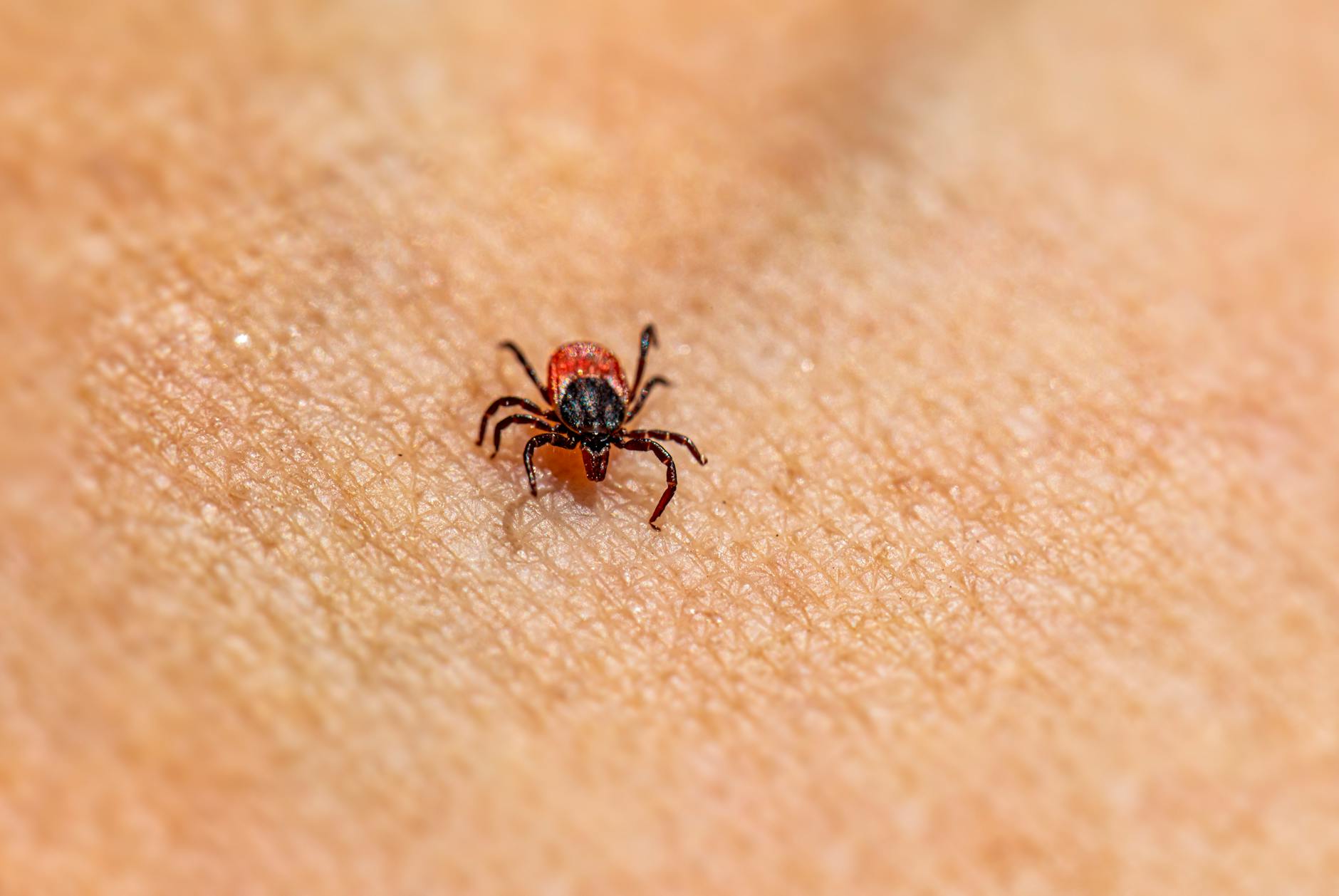Unveiling the hidden dangers of Lyme disease – discover the essential tips to protect yourself and your loved ones now!
Table of Contents
Lyme disease is a serious illness that is transmitted through the bite of an infected tick. In this blog post, we will explore the causes, symptoms, and prevention tips for Lyme disease to help you stay informed and protected. Let’s dive into the world of ticks and Lyme disease.
Understanding Lyme Disease
Lyme disease is caused by the bacterium Borrelia burgdorferi, which is transmitted to humans through the bite of infected black-legged ticks, also known as deer ticks. These ticks are commonly found in wooded and grassy areas, making outdoor activities a potential risk for exposure.
The most common early symptom of Lyme disease is a distinctive rash called erythema migrans, which looks like a red bullseye. However, not everyone with Lyme disease will develop this rash. Other symptoms can include fever, fatigue, muscle aches, and joint pain.
Prevention Tips
Preventing Lyme disease starts with taking precautions when spending time outdoors, especially in areas where ticks are known to be prevalent. Here are some tips to reduce your risk of tick bites:
- Use insect repellent with DEET
- Wear long sleeves and pants when walking in wooded or grassy areas
- Check your body and clothes for ticks after outdoor activities
- Shower within two hours of coming indoors to wash off any ticks
Removing Ticks
If you find a tick on your body, it’s important to remove it properly to reduce the risk of Lyme disease transmission. Use fine-tipped tweezers to grasp the tick close to the skin and gently pull it straight out. Avoid squeezing or crushing the tick, as this can release more bacteria into your skin.
Treatment Options
If you suspect that you have been bitten by an infected tick or have symptoms of Lyme disease, it’s crucial to seek medical attention promptly. Early treatment with antibiotics can help prevent the progression of the disease and reduce complications.
| Title | Author | Publication Date |
|---|---|---|
| Tick Talk: The Truth About Lyme Disease and How to Stay Safe | Dr. Sarah Jenkins | June 15, 2021 |
Your healthcare provider may order blood tests to confirm the diagnosis and determine the appropriate course of treatment. In most cases, Lyme disease can be effectively treated with antibiotics, especially when caught early.
Living with Lyme Disease
For individuals who have been diagnosed with Lyme disease, managing the symptoms and maintaining overall health is essential. Here are some tips for living with Lyme disease:
- Follow your healthcare provider’s treatment plan
- Get plenty of rest and stay hydrated
- Engage in gentle exercise to prevent stiffness and maintain mobility
- Monitor your symptoms and report any changes to your healthcare provider
By staying informed about Lyme disease, taking preventive measures, and seeking prompt medical attention when necessary, you can reduce your risk of this tick-borne illness and enjoy the great outdoors safely. Remember to stay vigilant and protect yourself and your loved ones from tick bites to stay healthy and active.
FAQ
Can Lyme disease be cured completely?
Lyme disease can be effectively treated with antibiotics, especially when detected early. Most patients recover completely with proper treatment, but some may experience lingering symptoms. It’s important to follow your healthcare provider’s guidance for the best outcome.
How long does it take for Lyme disease symptoms to appear after a tick bite?
Lyme disease symptoms can appear within 3 to 30 days after a tick bite. The most common early sign is the erythema migrans rash, but not everyone with Lyme disease develops this symptom. If you suspect you may have been exposed to a tick, monitor your health closely.
Is Lyme disease only transmitted by deer ticks?
Lyme disease is primarily transmitted by the black-legged tick, also known as the deer tick. However, other species of ticks can also carry the Borrelia burgdorferi bacterium responsible for Lyme disease. It’s essential to take precautions against all types of ticks when venturing into tick-prone areas.
Can pets also get Lyme disease?
Yes, pets can get Lyme disease if they are bitten by an infected tick. Dogs are especially susceptible to Lyme disease and can exhibit symptoms similar to humans, such as lameness, fever, and lethargy. Talk to your veterinarian about tick prevention methods and consider regular tick checks for your pets.





